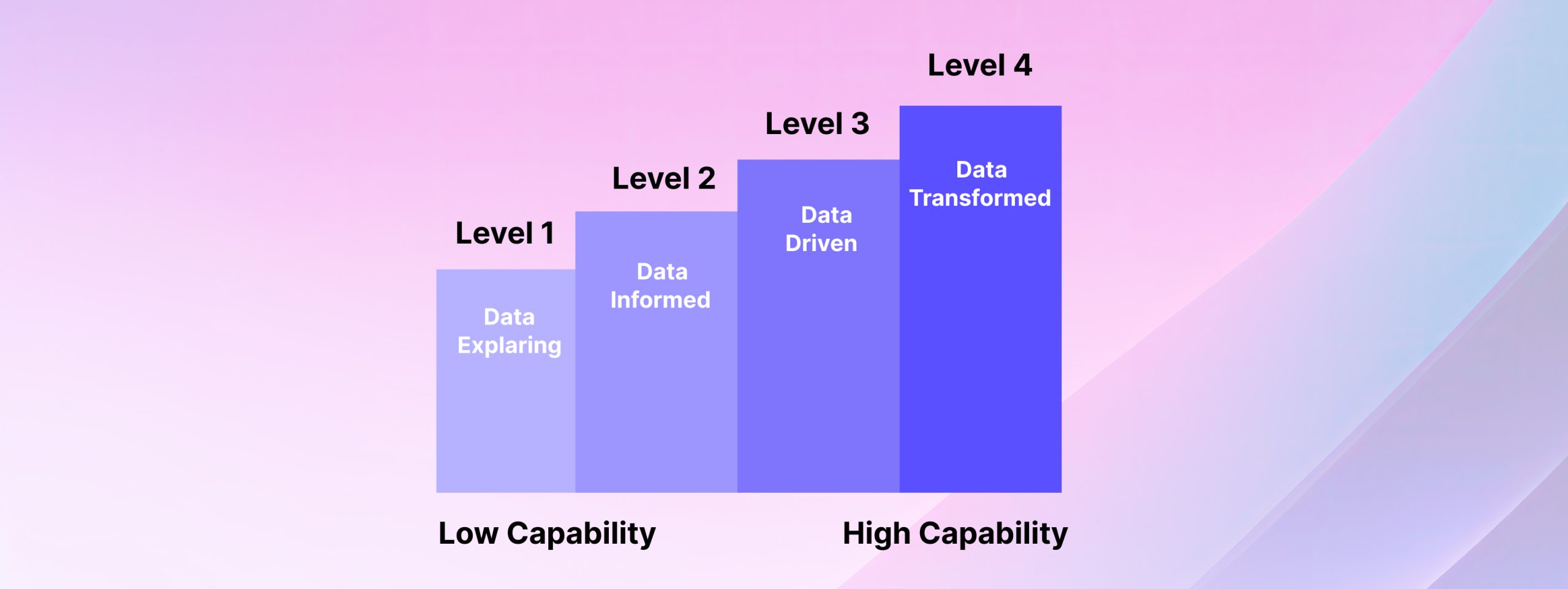Data is everything. At present, data is the backbone of any organized decisions. Not only decisions, but data also drives growth, innovation, and perspectives for organizations to stay relevant. Recently, new trends in data management have been influencing organizations and their data behavior.
Earlier, organizations relied on on-site servers to store and manage their data. Now, most organizations use cloud-based systems to manage data. With time, the complexity of the data procedure has also decreased.
For example, various user-friendly applications have chucked their previous traditional data management practices, after AI automation. Because AI eases the process and provides a new direction to the industry. In the coming decade, a lot more things will come and shape the future of data management and practices, of course.
Let’s deep dive into the world of data management and see what types of trends are coming to influence this world.
4 Important Trends in Data Management to Watch
1. Cloud-Based Data Management
Do you think the Cloud is new to you? Of course, NOT! But, do you know about the recent changes in the Cloud technology for data management? If not, there you go…

Cloud Data Management (CDM) is a flexible and scalable option. Plus, it is dynamic and super-powerful to improve disaster recovery. Key benefits CDM provides;
2. AI and Automation in Data Management
Artificial Intelligence (AI) is the future of technology and it has the power to unlock true data insights. Organizations have already started using AI and Machine Learning (ML) to manage various data management work like data cleansing, cataloging, tagging, etc.
But AI is not limited to that only, AI is more than that. Integrating AI algorithms in data management systems has increased the potentiality to the optimal level. For example, AI can identify patterns within large datasets, which was earlier impossible through manual intervention.
To manage data, AI can do multiple things, for example;
- Sentiment Analysis
- Predictive Analysis
- Automate Tasks
While working with customer data, AI can run sentiment analysis. Therefore, you can segregate customer feedback data into different categories like “negative”, “positive”, and “neutral”. It’ll help you manage feedback data strategically with the power of AI.

Now comes the predictive part. AI basically does forecasting, which means it can provide direction to data management practices. Thus, it can guide you to make proactive decisions as it already has your historical data.
Integrating AI can help you in;
3. More Multimodal Technology Will Enter
The trends in data management are showcasing that the multimodality of software will increase in the coming years. Here, multimodality refers to “the ability of an application (per se, software) to receive inputs and deliver output in different formats”. For example, ChatGPT is in trend because of its versatility. The application is multimodal, it can accept inputs and produce outputs in different formats.
Many AI-developing companies already have started working on it while some are still in the working stage. To give you an idea, Microsoft is still figuring out how to enhance the multimodality of its AI systems.
So, AI software development companies are focusing on building multimodal software to support all data management functions. In the coming years, you need to upgrade your data management practices to align with these trends.
4. Pressure from Regulators Might Increase
The data regulators are monitoring emerging trends in data management with specific details. They track every single movement that companies are making in the field of data. Therefore, regulators constantly update their laws and frameworks to provide ultimate protection for sensitive data.
With time, the data regulators might come up with stricter rules to protect data to the optimal level. Apart from GDPR, the EU is likely to come up with more new regulations like the US states for using generative AI. So, be prepared for such changes!
Why You Must Check Trends in Data Management
Detail every feature of the product one after another thoroughly and establish transparency with the product details. Use keywords while writing the features to shine it out across the eCommerce platforms. Consciously add the highlights of the products including the material type, size, functionality, price, availability, and other detailed information.
Killing the issues of Data Silos
More volumes of data mean more complexities.
With time, the volume of data will increase because of your operational exposure and but, it can swell the storage system. Without increasing the storage capacity, it eventually leads to data silos. Per se, it can create bottlenecks in data navigation, which later on, slow down data analysis and data insights.
To solve this out, the industry is focusing more on AI adoption for data management. With advanced AI solutions backed by cloud platforms, organizations can manage efficiently manage data silos. That’s why knowing the trends in data management is important.
Wrapping Up
In a time of change, following up with the trends in data management is overwhelmingly important. We suggest that, align your organizational data management practices with the new trends that are coming up in this domain. Integration is the only solution to stay relevant to your data. However, we also know that it can be tough for you to handle data changes. At this point, we like to offer you our practical and super-relevant data management services. We are an outsourcing company, working from India, and can manage all data changes with the ultimate passion.

Let’s initiate a pilot project with us, and check our credibility!











